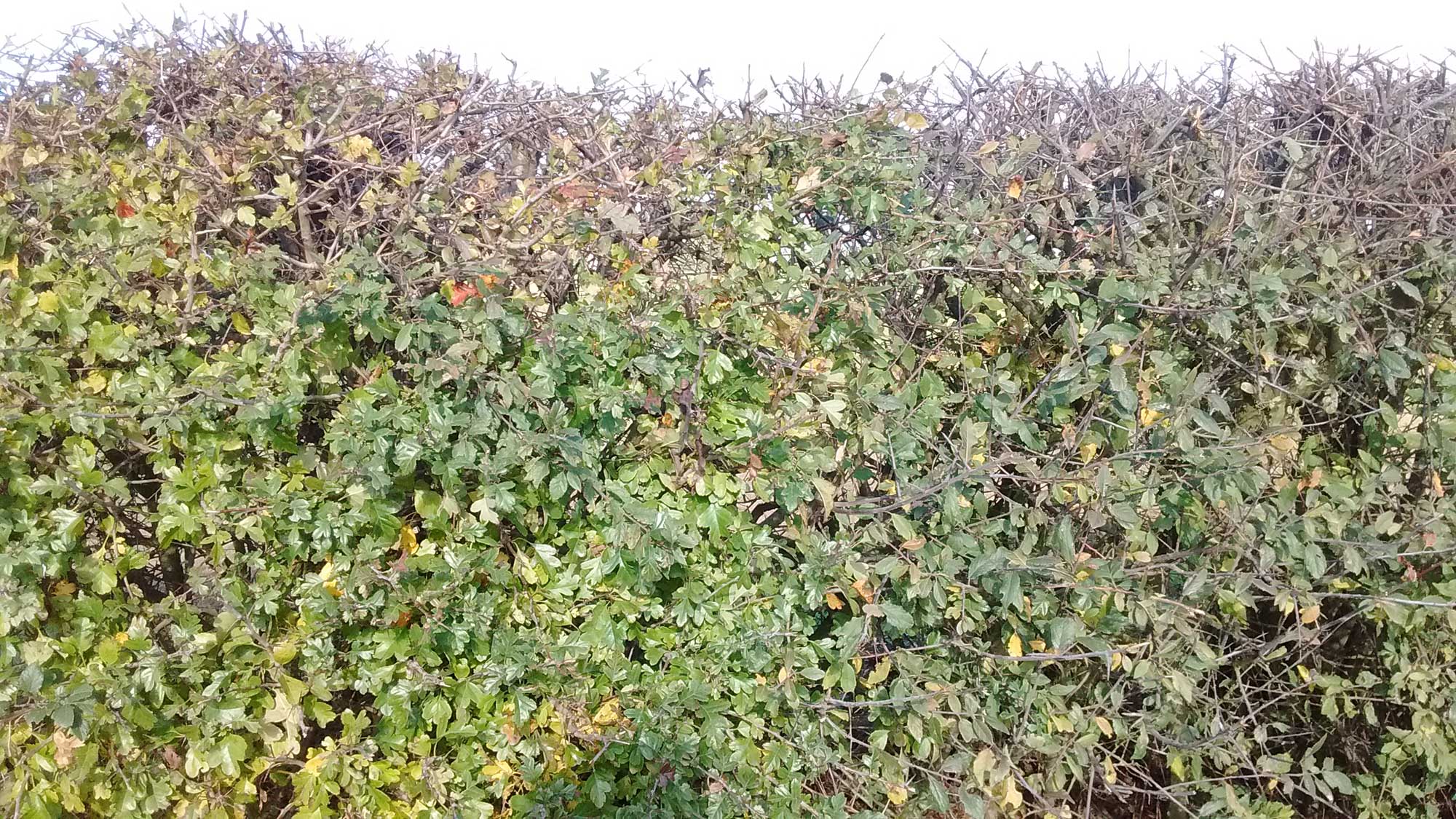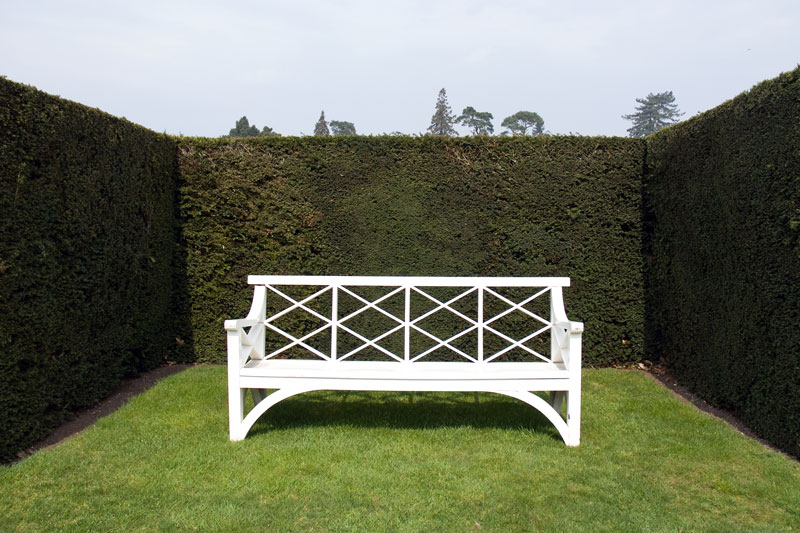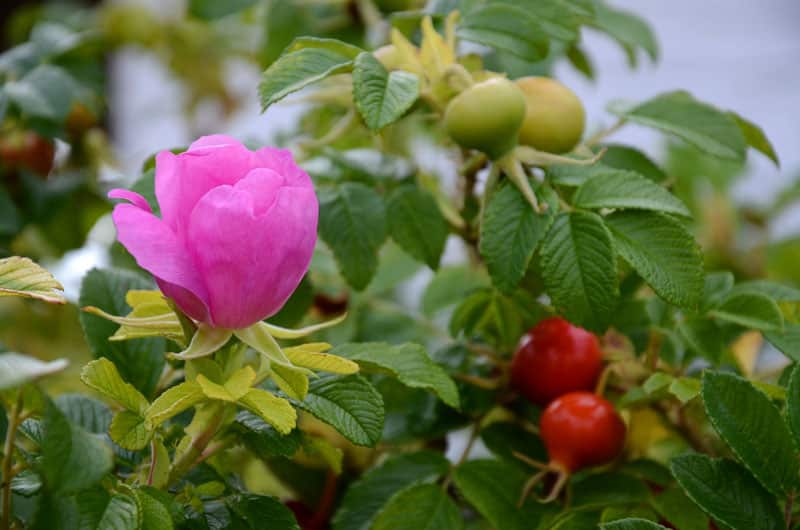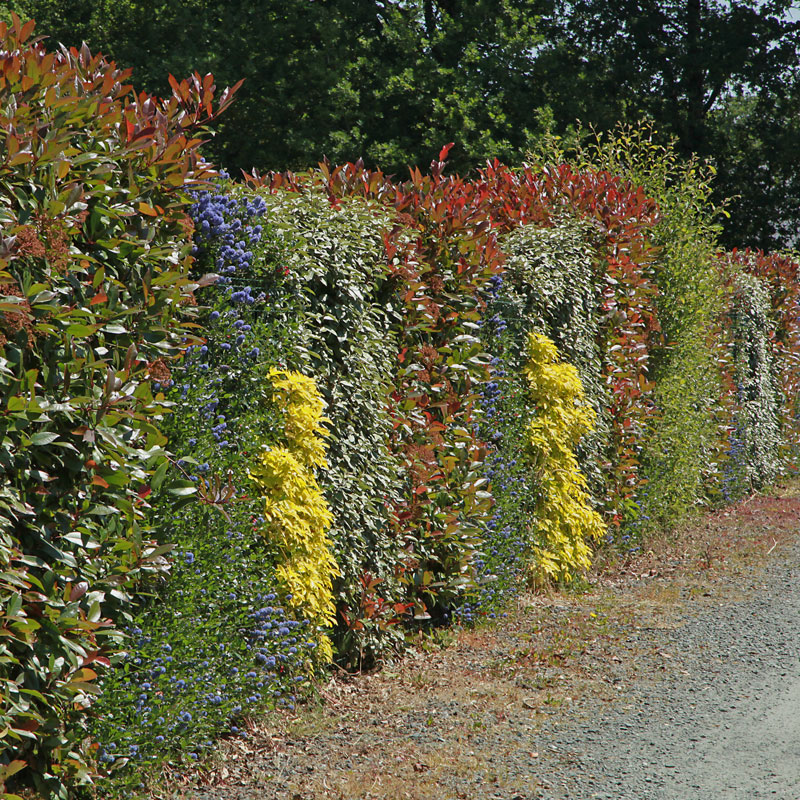30 Oct It’s Hedge Planting Season
Autumn is traditionally hedge planting season in the UK. Here’s how to make the most of it and save yourself money at the same time.
Why plant a hedge in your garden?
There are a million great reasons to plant a hedge in your garden or grounds. Particularly in this day and age when nature needs us to help out in any way possible. But it’s not just about nature – it’s about you too. Hedges have a lot to offer – far more than walls or fences.
- Hedges absorb noise beautifully. Living near a busy road? Noisy neighbours? A tall hedge will help to dull the sound.
- Being surrounded by nature really does make a huge difference to your wellbeing. A hedge provides you with lots of greenery but doesn’t take up much space. It’s relatively low maintenance too.
- Increase privacy without making your garden feel like a prison yard. Hedges are aesthetically softer than a solid barrier and make you feel hugged rather than restricted.
- Create all year round interest in your garden by attracting wildlife. You haven’t lived until you’ve never experienced the joy of discovering a birds’ nest in your hedge.
- Super versatile – hedges are not just for marking boundaries. Use them for screening within the garden, add structure with low hedges or tall pillars. I like to use hedges to define a journey around the garden. They’re a great garden design tool.
This formal yew hedge creates a wonderful secluded seating area
When to plant a hedge
You can plant hedges at any time of year, but in hot, dry weather, you will need to keep the plants well watered until they establish. The very best time of year to plant a hedge, from the point of view of plant establishment AND your pocket, is autumn time.
Autumn/Winter is bare root season in the UK. By bare root, we mean that dormant plants are supplied without any soil. Just the plant itself.
Generally speaking, bare root hedging species are deciduous, (lose their leaves in winter) so during the dormant season between November and March they can look just like a disappointing bundle of sticks when you bring them home. But do not fear – all you need to know is that these ‘whips’ have a decent root and the right amount of side shoots for a strong hedge. Not only do whips establish much better, it is also the cheapest way to grow a hedge (not to mention much easier to handle than lots and lots of pots).
Planting at other times of the year
Planting a hedge during Spring and Summer is of course possible, with container-grown plants, but they’ll require constant watering and be harder on your wallet too. Containerised plants will already have been potted up several times as they grow, and you’ll paying for delivery of their greater size and weight.
Choosing the right species
There are so many species that can be grown as a hedge, so how can you decide the right one for you? As a hedge is such a functional part of the garden you will no doubt have several criteria to fulfil, so here is a small selection of some of my most useful species…
Rosa Rugosa makes a wonderful informal hedge with flowers and rosehips for colour – it’s pretty impenetrable too! If you want to keep people out of your garden, this would be a great choice!
My top 10 plants for hedges
Rosa rugosa (Ramanus rose) – Pretty summer flowering hedge with prickly deterrent quality. Fast-growing, great for wildlife and able to cope with coastal or exposed locations.
Lonicera nitida (boxleaf honeysuckle) – As the name suggests it is similar to box but without the associated problems. A fast-growing plant good for both formal and informal hedging.
Berberis thunbergii (barberry) – Purple-leaved variety with fantastic autumn colour, bright red berries, and makes a good security barrier being dense and inpenetrable with thorns.
Fagus sylvatica (beech) – Classic native hedging with lovely burnished leaves held throughout winter.
Carpinus betulus (hornbeam) – Another classic, with darker brown leaves and reliable establishment.
Taxus (yew) – Traditional formal hedging which can be sculpted. Provides a dramatic backdrop to highlight feature planting in front.
Euonymus ‘Jean Hughes’ – A compact plant for lower hedges up to 1m in height. Suitable to grow in any soil, and makes a good alternative to box.
Ilex (holly) – Creates a dense inpenetrable barrier, attractive berries on female plants.
Escallonia – informal hedge, pretty flowers, good for bees, good in exposed locations.
Eleagnus (oleaster) – Used for informal hedges, it has seasonal interest (small scented flowers and orange berries) and makes a good windbreak and noise barrier.
Other options include mixed native hedging – wonderful for wildlife and really attractive with seasonal blossoms and berries.
Don’t be afraid to think outside of the box. This evergreen hedge is comprised of a mix of species and will bring all year round colour and interest.
A word on box hedging
Buxus (box) has fallen out of favour recently due to its susceptibility to box blight and even more recently to box tree caterpillar, both of which cause devastating damage. There are however good alternatives to be found now, Lonicera nitida (boxleaf honeysuckle), Ilex crenata (Japanese holly) and Euonymus ‘Jean Hughes’ have similarly compact foliage, which can be clipped closely to give the desirable formal and topiary effects traditionally gained with box, but without the issues.
Need some advice on choosing the right hedge for your plot? Talk to our garden designers who can help you to make the very most of hedges in your garden.
Delve deeper into the world of hedging and garden design
How to maximise biodiversity in your garden.
Vertical gardening – making the most of a small space
Hide and reveal – using the element of surprise in garden design.








Sorry, the comment form is closed at this time.